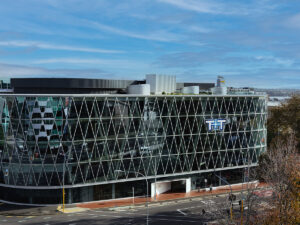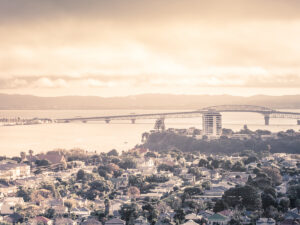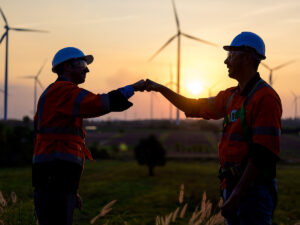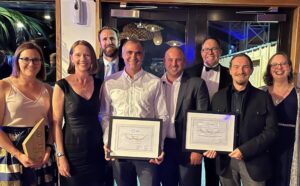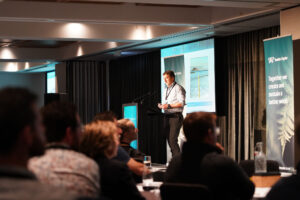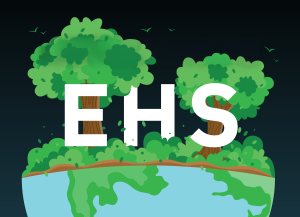Australasian Coasts & Ports 2021 Conference, Christchurch
Tsunami pose a significant risk to many urban centres in New Zealand. Having methods to assess the extent and flow regimes of tsunami allow the development of appropriate mitigation measures. Simulation of tsunami inundation using numerical methods has typically been undertaken assuming a bare-surface terrain with roughness coefficients applied based on land cover, rather than incorporating buildings and vegetation into the elevation model. Show more…This is often a consequence of computational limitations restricting the spatial resolution able to be modelled during large-scale tsunami inundation assessments. These coarse resolutions mean that buildings and infrastructure are unable to be realistically modelled. This is of particular concern in dense, urban environments where tsunami flow characteristics are likely to be strongly influenced by built infrastructure.
This research investigated the effect that spatial resolution, roughness coefficient parameterisation and buildings/topographic representation had on the expected flow characteristics during a hypothetical modelled tsunami inundation event. A high-resolution study area at Mount Maunganui, New Zealand was selected due to its characteristics as a densely built-up, low-lying area, with a known existing tsunami hazard. Non-linear shallow water wave equation (NLSW) based models were employed during this study.
The study showed that results were most substantially influenced by different building representations in the simulations. Results showed that buildings had the ability to block and channelize flow, resulting in differences in maximum flow depths, peak flow velocities and hazard classification between the bare-surface terrain and higher-resolution building-resolving models. The addition of buildings led to higher peak depths and velocities in certain locations thereby increasing or decreasing the expected hazard potential during the modelled event. The high-resolution model outputs are also able to be more effectively used to promote community engagement with respect to tsunami hazard and encourage improved public understanding of the threat. Building-resolving simulations can be presented visually in a high-resolution, three-dimensional (3D) animation, thereby allowing the public to appreciate the potential devastation of a tsunami event in a real-time video format.Show less…



